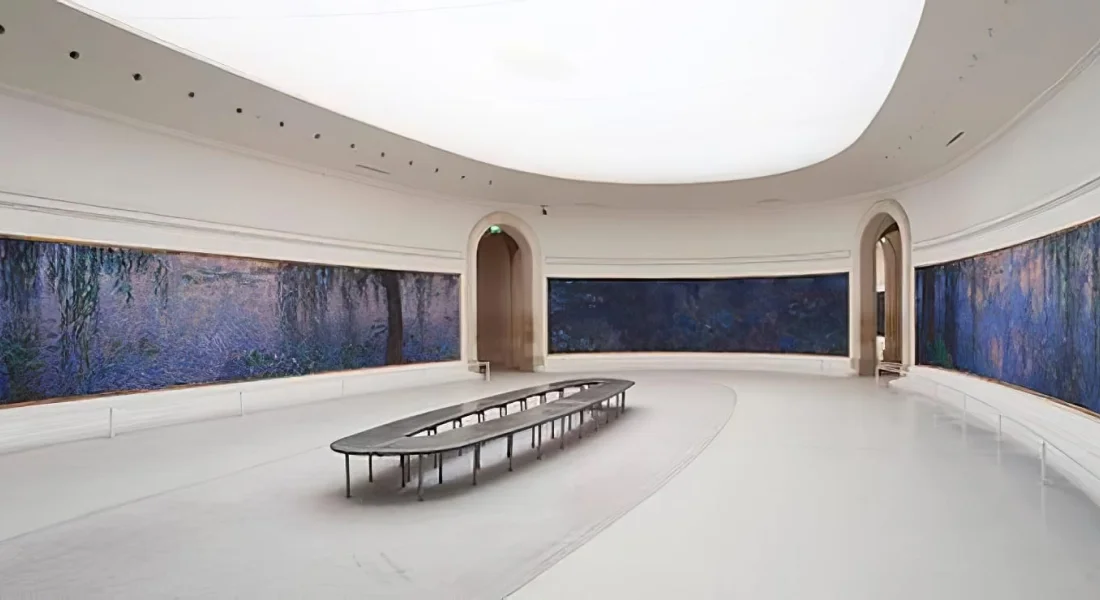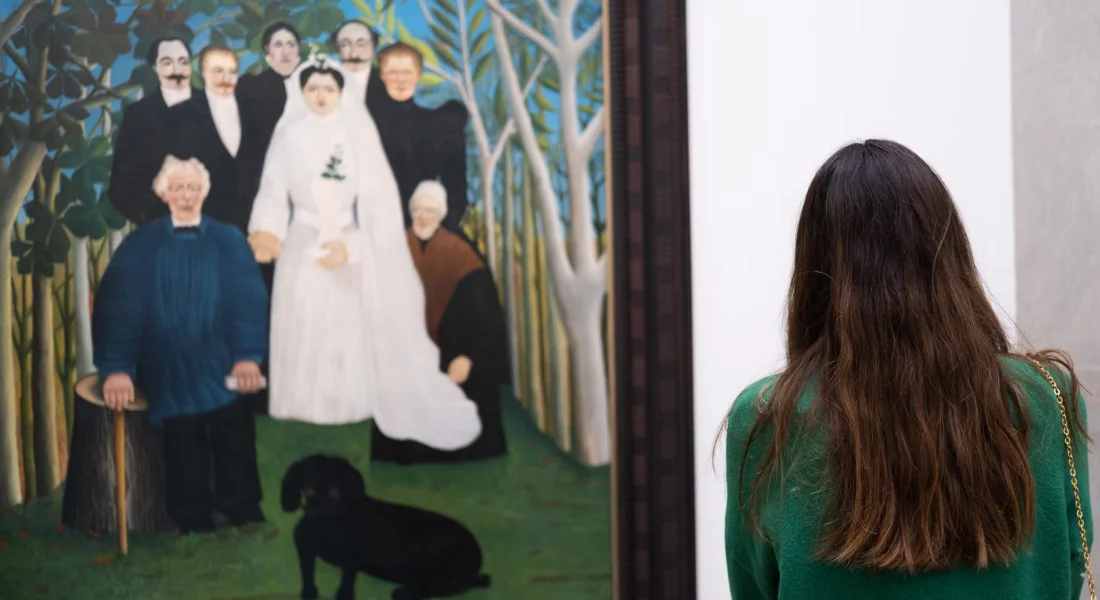Paris, a city synonymous with art and culture, is home to numerous world-class museums that attract millions of visitors each year. Among these cultural treasures, Musée de l’Orangerie stands out as a haven for lovers of Impressionist and Post-Impressionist art. Nestled in the heart of the city, this museum offers an intimate and immersive experience with its stunning collection, including the iconic Water Lilies series by Claude Monet. In this blog post, we will explore the rich history of Musée de l’Orangerie, delve into its fascinating exhibitions and collections, provide guidance on how to book tickets, and share essential information about its location.

Musée de l’Orangerie is housed in a beautiful building originally constructed in 1852 as a greenhouse for orange trees, hence its name. Located in the Tuileries Gardens, the Orangerie was part of the larger plan of the gardens designed by Louis Visconti for Napoleon III. The building’s primary function was to protect the orange trees of the Tuileries Palace from the harsh winter weather.
In the early 20th century, the Orangerie began its transformation into a museum. In 1921, it was repurposed to display works of art, following a proposal by Georges Clemenceau, the French Prime Minister and a close friend of Claude Monet. Monet, who was by then a revered figure in the art world, was offered the opportunity to create a series of large-scale paintings for the space.
Monet dedicated the last years of his life to creating the Water Lilies series specifically for Musée de l’Orangerie. These monumental canvases, installed in two oval rooms designed to the artist’s specifications, were inaugurated in 1927, shortly after Monet’s death. The museum continued to expand its collection, acquiring works by other prominent artists, and underwent significant renovations in the early 2000s to enhance the visitor experience.
Musée de l’Orangerie is renowned for its impressive collection of Impressionist and Post-Impressionist masterpieces. The crown jewel of the museum is undoubtedly Monet’s Water Lilies series. These eight monumental paintings are displayed in two oval rooms, creating an immersive environment that envelops visitors in Monet’s vision of his garden at Giverny. The serene and expansive nature of these works offers a meditative experience, allowing viewers to lose themselves in the play of light and color.
In addition to Monet’s masterpieces, the museum boasts an extensive collection known as the Walter-Guillaume Collection. This collection includes works by notable artists such as Paul Cézanne, Henri Matisse, Amedeo Modigliani, Pablo Picasso, Pierre-Auguste Renoir, and Alfred Sisley. The collection provides a comprehensive overview of the evolution of modern art from Impressionism to the early 20th century.
The museum also hosts temporary exhibitions that explore various themes and periods in art history, often featuring works on loan from other prestigious institutions. These exhibitions provide fresh perspectives and new insights into the artists and their creations, enriching the visitor experience.
One of the most interesting aspects of the museum is its layout and design. The building’s architecture, combined with the thoughtful arrangement of the artworks, creates an intimate and contemplative atmosphere. The natural light filtering through the skylights enhances the viewing experience, making each visit unique.

Securing your visit to Musée de l’Orangerie is simple and can be done both online and at the museum’s ticket office. To make your visit as seamless as possible, it’s highly recommended to purchase tickets in advance through the museum’s official website. This not only guarantees your entry at your preferred time but also helps you avoid the long queues, particularly during the peak tourist periods.
The museum offers a variety of ticket options to cater to different visitors. Standard admission tickets are available, as well as discounted rates for students, seniors, and disabled visitors. Additionally, children under 18 and EU residents under 26 can enjoy free entry. If you’re planning to explore more of Paris’s art scene, consider purchasing a combined ticket that includes entry to the nearby Musée d’Orsay, giving you a broader art experience.
Enhance your visit with the museum’s guided tours and audio guides, available in multiple languages. These resources provide a deeper understanding of the artworks and their historical contexts. For group visits, there are special rates and educational tours designed to cater to school groups and larger parties. Booking these in advance ensures a well-organized and informative experience tailored to your group’s needs.
Musée de l’Orangerie is conveniently located in the Tuileries Gardens, one of the most beautiful and historic parks in Paris. The address is Jardin des Tuileries, Place de la Concorde, 75001 Paris, France. The museum’s central location makes it easily accessible by public transportation, with several options to choose from.
The nearest metro stations are Concorde (Lines 1, 8, and 12) and Tuileries (Line 1), both within a short walking distance from the museum. Numerous bus routes, including lines 24, 42, 52, 72, 73, 84, and 94, serve the area, making it convenient to reach from different parts of the city. For those who prefer cycling, there are several Vélib’ bike-sharing stations nearby.
The Tuileries Gardens themselves are a delightful area to explore before or after your visit to the museum. With its beautifully manicured lawns, historic statues, and serene ponds, the gardens offer a tranquil retreat in the heart of the bustling city. Nearby attractions include the Louvre Museum, Place de la Concorde, and the upscale shopping street Rue de Rivoli.
